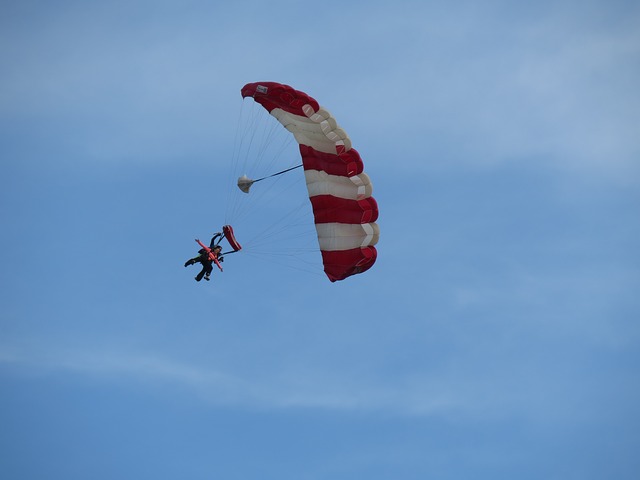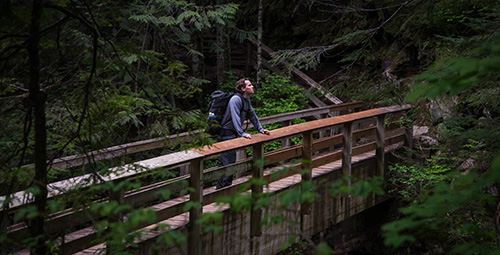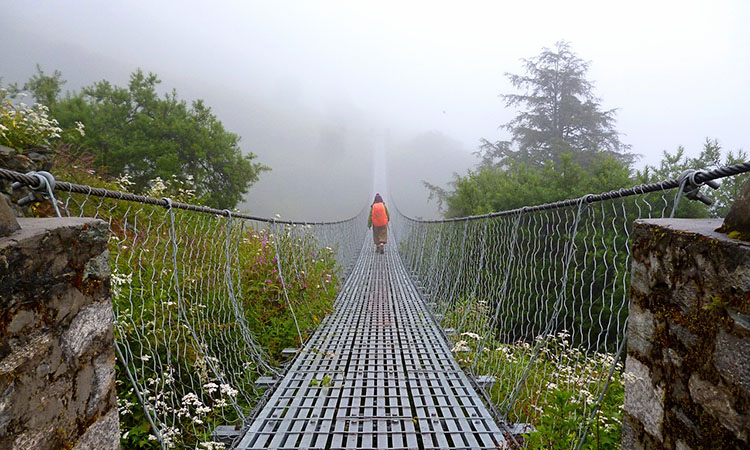Andre-Jacques Garnerin was the first to make successful descents using a canvas canopy from a small basket tethered beneath a hot-air balloon. The first intentional freefall jump with a ripcord-operated deployment is credited to Leslie Irvin in 1919. Parachuting, or skydiving, is a method of exiting an aircraft and returning to Earth with the aid of gravity, then slowing down during the last part of the descent by using a parachute.
Manually exiting an aircraft and parachuting to safety has been widely used by aviators (especially military aviators), aircrew, and passengers to escape an aircraft that could not otherwise land safely. While this method of escape is relatively rare in modern times, it was commonly used in World War I by military aviators, and utilized extensively throughout World War II.
“Let us step into the night and pursue that flighty temptress, adventure.”
― J.K. Rowling
Although rock climbing was an important component of Victorian mountaineering in the Alps, it is generally thought that the sport of rock climbing began in the last quarter of the nineteenth century in various parts of Europe. Rock climbing evolved gradually from an alpine necessity to a distinct athletic activity.

Aid climbing, climbing using equipment that acts as artificial handhold or footholds, became popular during the period 1920-1960, leading to ascents in the Alps and in Yosemite Valley that were considered impossible without such means. However, climbing techniques, equipment and ethical considerations have evolved steadily. Today, free climbing, climbing using holds made entirely of natural rock while using gear solely for protection and not for upward movement, is the most popular form of the sport. Free climbing has since been divided into several sub-styles of climbing dependent on belay configuration.
Most of the climbing done in modern times is considered free climbing—climbing using one’s own physical strength, with equipment used solely as protection and not as support.







